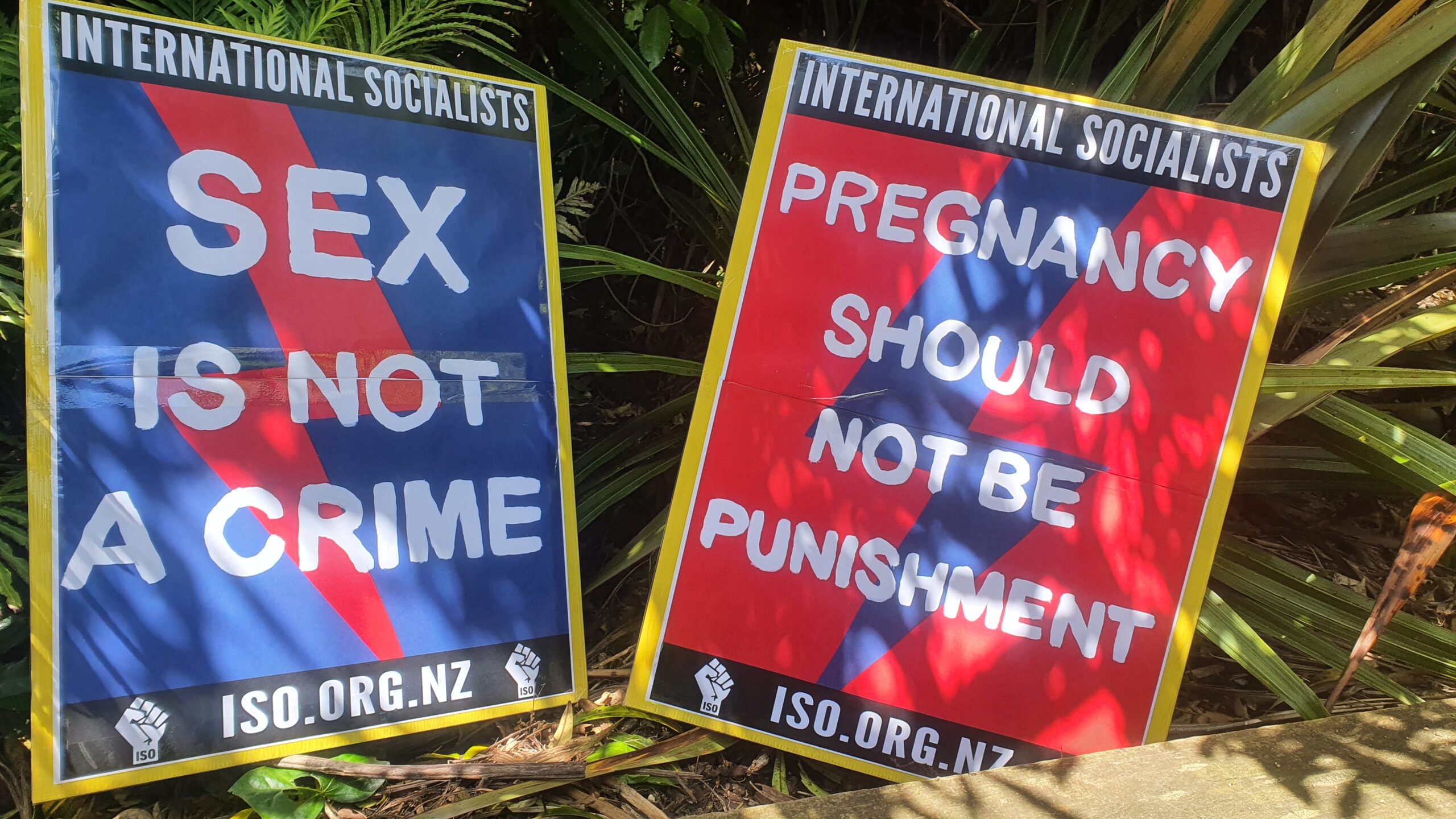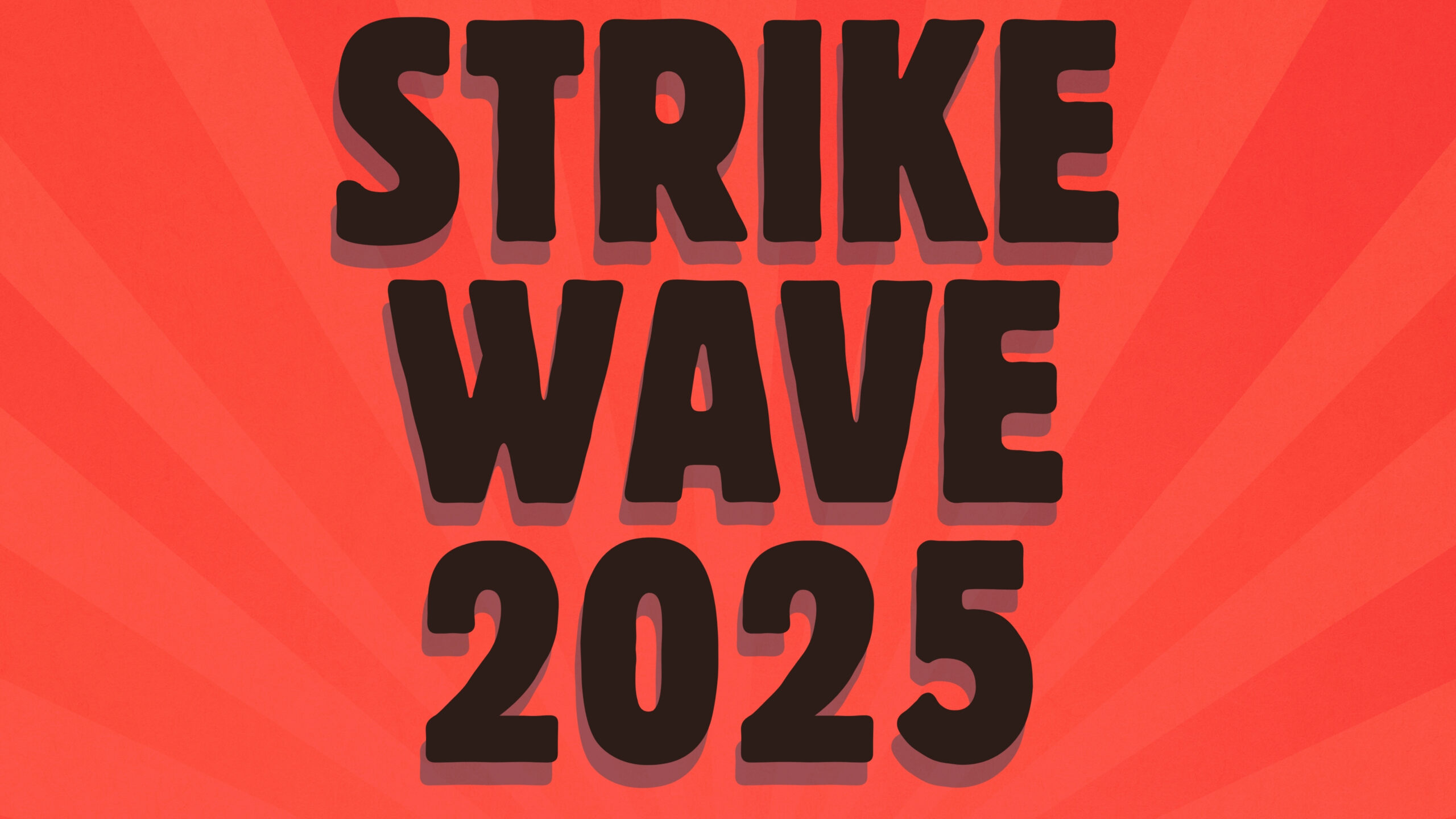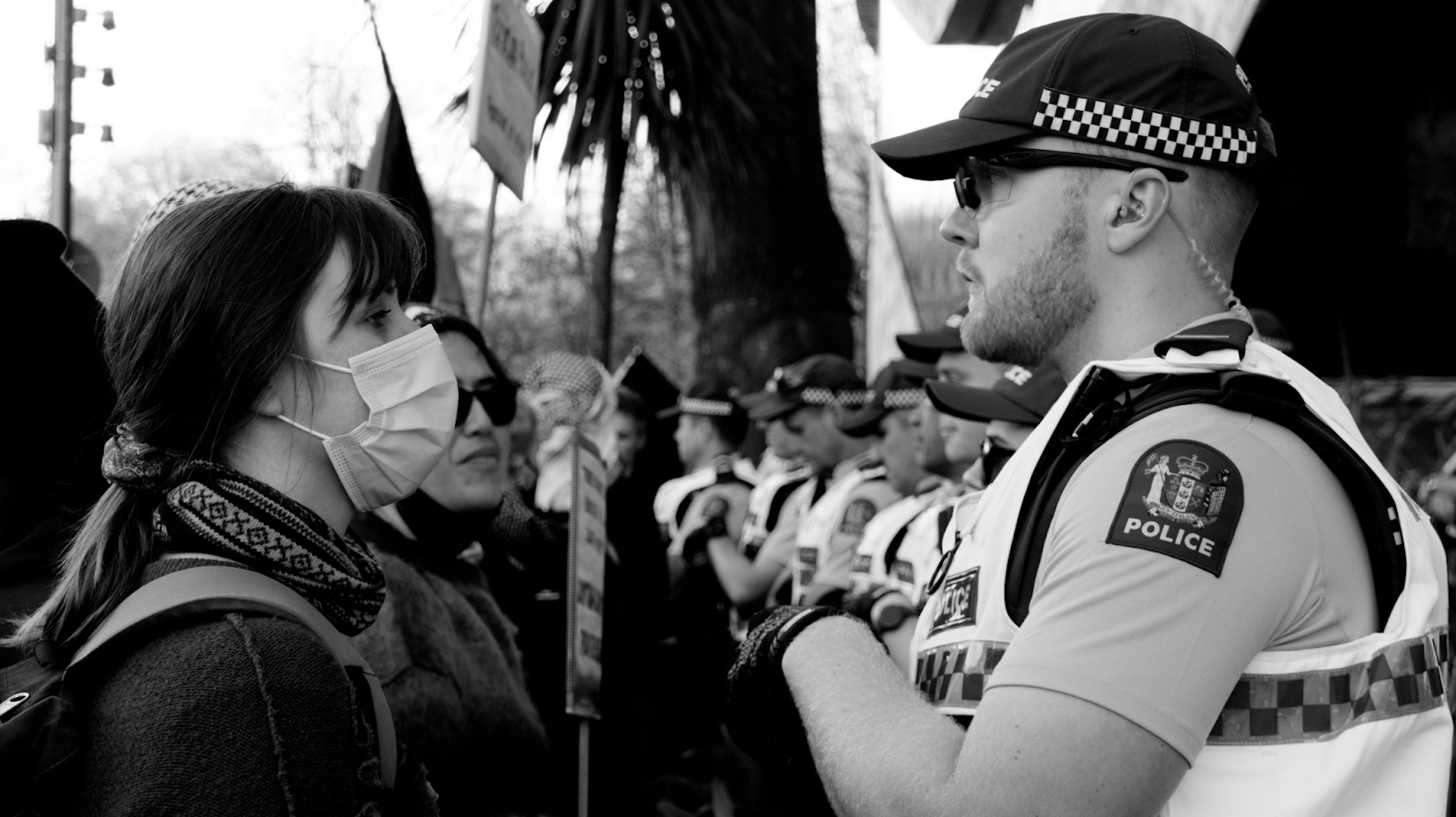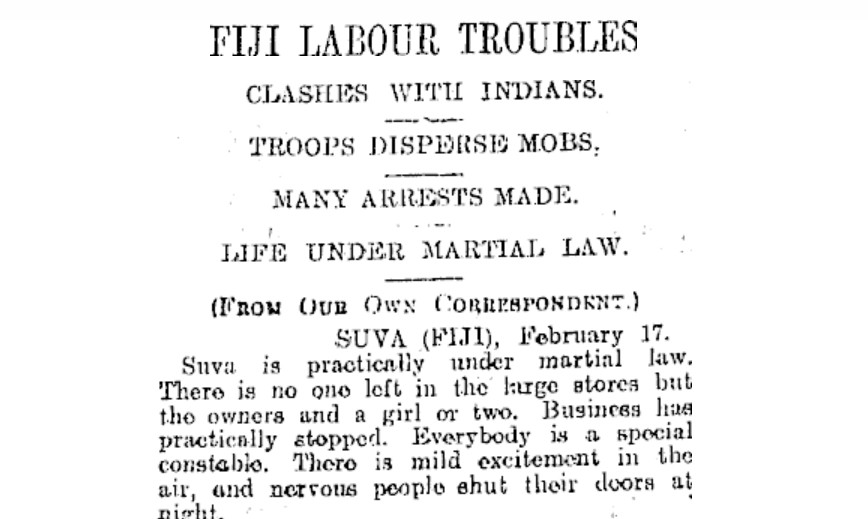ISO members on campuses across the country detail some of the historic moments of student activism in Aotearoa. Natasha Hope-Johnstone, Angus Wilson, Guy McCallum, Joshua O’Sullivan, Jules Courtine, Romany Tasker-Poland, and Emile Wilmar contributed to this article.
Otago University
The fight to undo the introduction of neo-liberalism into many of the tertiary educational systems around the world started almost as soon the idea was raised in the 1980’s by the governments of many world powers, but by the 1990’s a movement to truly stand against the increasing neo-liberalism of former state-funded educational systems had started to take root, from France, to Australia and even within New Zealand.
There had been several university occupations in New Zealand before. But there had been nothing like the nationwide explosion of student anger that erupted in the second semester of 1996.
On Tuesday 13 August, the day of a scheduled council meeting, 500 Otago students stormed their registry building. Their demand: a nil fees increase for 1997.
During the occupation, general meetings open to all students are held to discuss every aspect of the campaign at least once a day.
Facing imminent eviction by the cops, students vote on Monday 19 August to end their occupation. They did not achieve a nil fee increase. But they did achieve concessions. The fee rise passed afterwards by the council was 17 percent. 15,000 students had been saved at least $100 each.
A more recent campaign was against sexual violence and the Otago University’s failure to act. Sexual violence is a social crisis and requires structural responses to address it. Otago University had delayed for a number of years plans to address this crisis.
By August 2017, inaction led to publication of 9 in 10 by Students Against Sexual Violence. The booklet got the attention and support of students and journalists, who were shut down by the University with legal threats and smears.
This hostility provoked a march against the Vice Chancellor.
By the year’s end, the group had spread awareness and in response the University opened a support centre for survivors, Te Whare Tāwharau.
University of Auckland
For years UoA engineering students, as a capping stunt dubbed the haka party, would dress up in grass skirts, cover their bodies in swears and genitalia, paddle an imaginary waka around Central Auckland then block traffic on Queen Street to perform a mockery of a haka. For over 20 years Māori students petitioned the University to put a stop to the tradition, to no avail. Finally, in 1979, members of the Māori activist group Ngā Tamatoa physically confronted the students as they were rehearsing their racist performance. Members of Ngā Tamatoa then went on to become an important part of the Māori land rights movement and the establishment of te Reo as an official language.
In 2011, a battle against the continuing rise of student fees and the Voluntary Student Membership bill saw the rise of a student movement across Auckland, Christchurch and Wellington. This included occupations of the Owen G Glen Building and the Council meeting room to protest the continuing increases in university fees. The Administration refused to meet with them and in response became intensely secretive around their fee setting meetings. In 2012, protests continued with Blockade the Budget, where 400 students blocked Symonds Street to protest the National Government’s budget. Students ran multiple teach-in’s questioning the role of university in society and the debt-filled future they all faced.
Victoria University of Wellington
Victoria University of Wellington has a long history of student organising. The student union was formed in 1899, and at various times it has been a vehicle for student activism. Victoria University Students Association contributed to the protest movements against the Vietnam War, the Springbok Tour, nuclear weapons and student fees. VUWSA was a part of the campaigns against the war in Iraq, for the Prostitution Reform Bill and for Marriage Equality. The student magazine Salient and its precursors have sometimes published radical and subversive material. VUW student and staff activists have marched the streets of Wellington and have brought their protests to the steps of Parliament. The Campus itself has also seen its share of rallies, speak-outs, sit-ins and occupations.
Historically, the Vietnam War and the Springbok Tour were two issues that mobilised students and staff from VUW. In 1967 a march of 800 was organised by the University Vietnam Peace Committee, which was lead by VUW lecturers. On another occasion as many as 3,000 VUW students joined a broader anti-war march on Parliament Vietnam was an issue that politicised many students, encouraging them to protest on a range of issues. VUW was a hub of protest over the Springbok tours. In 1976 Salient reported that the Victoria branch of HART “with nearly 400 members, is the largest club on campus, and has during the last six years probably been the most successful in mobilising large numbers of students in debate and action against oppression, whether it be in New Zealand or in a foreign country such as South Africa.” HART Victoria organised strategy meetings, social events, and leafleting of lectures as well as organising protests. Wellington saw some of the fiercest conflicts in the 1981 anti-tour movement. When the Springboks played Taranaki in New Plymouth, protest erupted on Molesworth street in Wellington, with police using batons on the anti-tour protestors for the first time. On the 29 of August, when the Springboks played in Wellington, 7,000 protestors mobilised to disrupt the proceedings.
Voluntary Student Membership has dealt a massive blow to the student union’s finances, independence and scope for organising. This in turn has affected student protest and organising on campus. It has not completely stamped out student activism, however, and in fact recent years have seen something of an upturn. In 2018 there were student protests against the sexual harassment of student interns at the law firm Russel McVeagh, VUWSA also organised protests for better funding for student health. There have been smaller actions on campus for justice in Palestine, and a reemergence of Students for Justice in Palestine at Vic. Victoria University had a sizeable contingent for the climate strikes last year, with the Pasifika Student Association playing a central role. VUW students, and VUWSA, have also been active in campaigns in solidarity with Ihumātao and for abortion law reform.
Massey University
Massey University administration is obsessed with micromanaging student activity, guest speakers, and event promotion, which can stifle student activism. This makes it all the more inspiring that there have been a number of significant protests in recent years. On Palmerston North Campus in 2018, a hundred students came out to protest the former leader of National and ACT, and well-known racist, Don Brash. In September last year students and staff organised across campuses to participate in the School Strike 4 Climate. On the Pōneke campus 250 students, staff and alumni marched on Tory Street to join the march to Parliament. In October a student sit-in against the transphobic Speak Up for Women event drew in 150 from students, staff, alumni and the wider LGBTQIA+ community. They shared their experiences of transphobia and staunchly denounced the complicity of the university administration.









